
News Directory
What Are the Environmental Considerations When Using Plain Bearings?
2.Temperature Extremes: Extreme temperatures can exert significant stress on plain bearings, affecting their performance and service life. High temperatures can accelerate the degradation of lubricants, leading to reduced lubrication effectiveness and increased friction between bearing surfaces. This can result in premature wear, thermal expansion of bearing components, and ultimately, bearing failure. Conversely, low temperatures can cause lubricants to thicken, impeding their flow properties and impairing the bearings' ability to maintain a fluid film between moving surfaces. Additionally, extreme temperature differentials can induce thermal stresses within the bearing assembly, potentially causing distortion or damage to bearing components. To address temperature extremes, it's essential to select plain bearings and lubricants rated for the anticipated operating temperature range. In cases of high temperatures, specialized lubricants with high thermal stability and oxidation resistance may be required, while in cold environments, low-viscosity lubricants or heating systems may be necessary to maintain lubricant fluidity and ensure proper bearing operation.
3.Moisture and Humidity: Exposure to moisture and humidity can pose significant challenges for plain bearings, particularly in outdoor or wet environments where corrosion and oxidation are prevalent. Moisture ingress can lead to the formation of rust or corrosion on bearing surfaces, compromising their structural integrity and surface finish. Additionally, high humidity levels can promote the growth of microbial organisms, such as fungi or bacteria, within the bearing assembly, further exacerbating corrosion issues. To combat moisture-related problems, it's crucial to use corrosion-resistant bearing materials, such as stainless steel or polymer composites, and employ effective sealing mechanisms to prevent water ingress. Proper drainage systems should also be implemented to remove any accumulated moisture from the bearing housing, and regular inspections should be conducted to detect and address signs of corrosion or oxidation promptly.
4.Chemical Exposure: In environments where plain bearings are exposed to corrosive chemicals or solvents, careful consideration must be given to the compatibility of bearing materials and lubricants with the chemicals present. Chemical exposure can lead to degradation of bearing materials, corrosion of bearing surfaces, and breakdown of lubricants, resulting in premature bearing failure. It's essential to select bearing materials that are resistant to the specific chemicals encountered in the operating environment and to use lubricants formulated to withstand chemical exposure. Additionally, implementing effective sealing or shielding measures can help minimize contact between the bearings and corrosive substances, further protecting them from chemical damage. Regular monitoring and inspection of bearing condition are also critical to detect and address any signs of chemical corrosion or degradation before they escalate into more severe issues.
5.Abrasive Conditions: Plain bearings operating in abrasive environments, such as those containing sand, grit, or abrasive particles, are susceptible to accelerated wear and damage to bearing surfaces. Abrasive contaminants can embed themselves into bearing materials, causing abrasive wear and surface scoring as the bearing moves against them. Over time, this can lead to increased friction, reduced bearing efficiency, and ultimately, bearing failure. To mitigate the effects of abrasive conditions, it's essential to select bearing materials with high hardness and wear resistance, such as bronze or sintered metal bearings with embedded solid lubricants. Additionally, effective sealing or filtering systems should be implemented to prevent ingress of abrasive particles into the bearing assembly, and regular maintenance practices should be followed to remove any accumulated debris and maintain optimal bearing performance.
6.Noise and Vibration: Environmental factors like vibration and noise can impact the performance and reliability of plain bearings, particularly in applications where precise motion control and quiet operation are paramount. Excessive vibration can lead to increased friction, wear, and fatigue of bearing components, while noise can indicate issues such as misalignment, inadequate lubrication, or bearing damage. To address these challenges, vibration damping and noise reduction measures can be implemented, such as using vibration-absorbing mounts or isolators, optimizing bearing mounting arrangements, or employing acoustic shielding or dampening materials. Additionally, regular monitoring of vibration and noise levels can help identify potential issues early and prevent them from escalating into more significant problems, ensuring smooth and quiet operation of plain bearings in various environments.
7.Environmental Regulations: Compliance with environmental regulations and standards may also be a consideration when using plain bearings, particularly in industries subject to strict environmental requirements, such as automotive, aerospace, and food processing. Environmental regulations may dictate the types of materials and lubricants that can be used in bearing applications, as well as the disposal or recycling practices for bearing components at the end of their service life. It's essential to stay informed about relevant environmental regulations and ensure that bearing selection and usage align with regulatory requirements for environmental safety and sustainability. This may involve choosing eco-friendly bearing materials and lubricants, implementing recycling or disposal programs for bearing components, and adhering to best practices for environmental stewardship throughout the bearing lifecycle.
Male Thread Rod End
Male thread rod ends are ly important and versatile in a variety of engineering and mechanical systems. The rod end of the male bearing is a flexible connection element that provides reliable support and adjustment in different scenarios.
Motion control systems: Externally threaded bearing rod ends can be used to build motion control systems, such as robot joints, linear motion systems, or critical connection points in automation equipment. They allow precise control and adjustment of the position of moving parts.



 English
English 中文简体
中文简体 عربى
عربى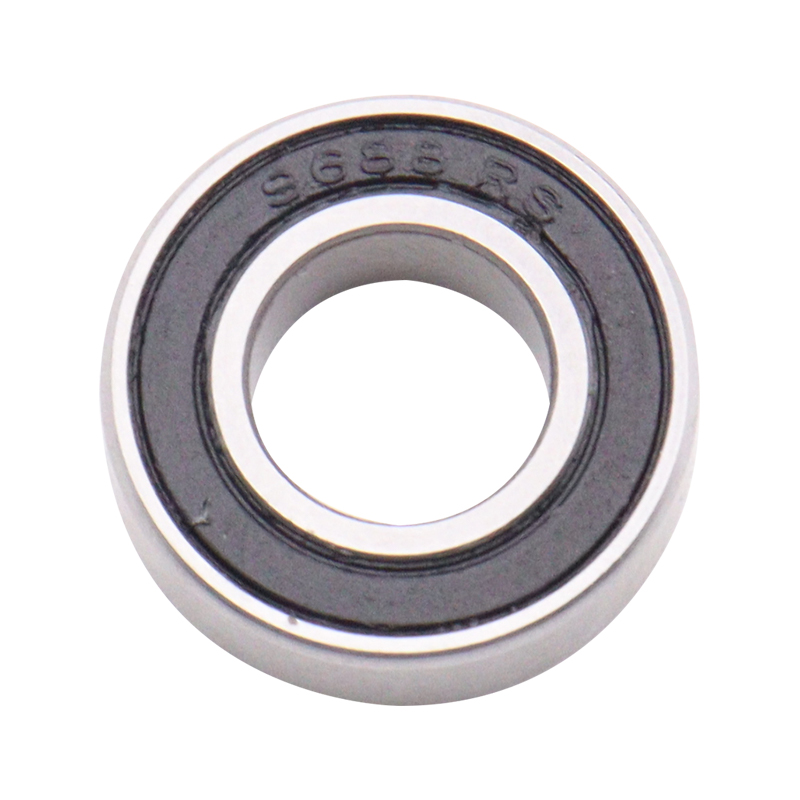
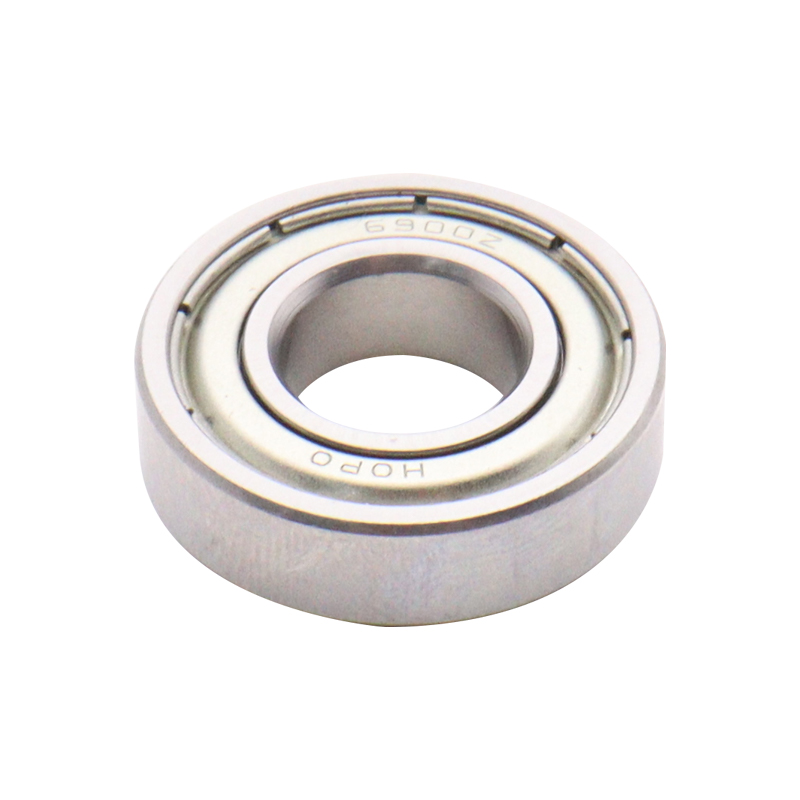
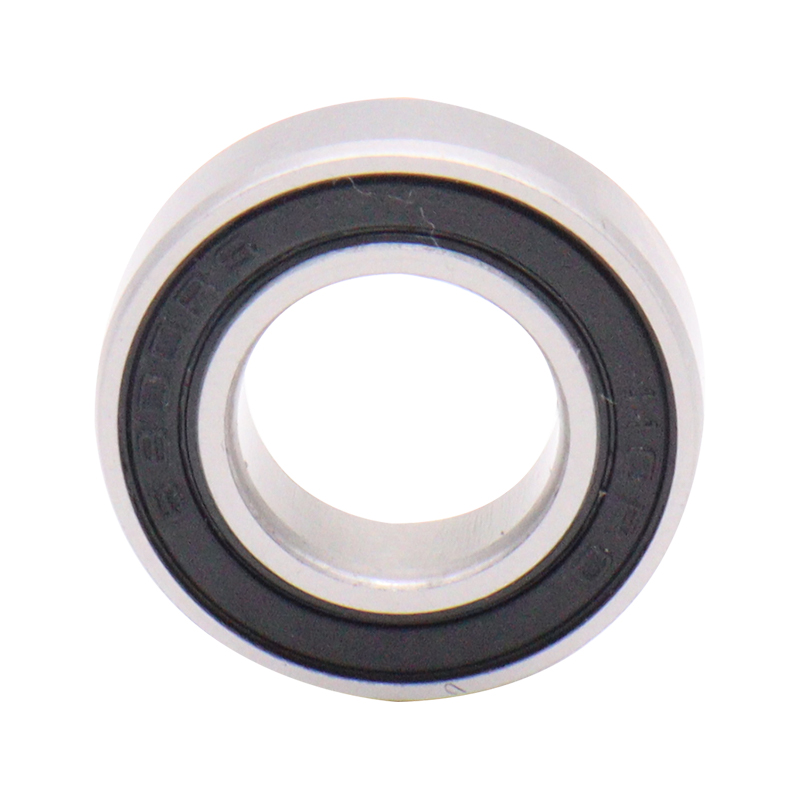
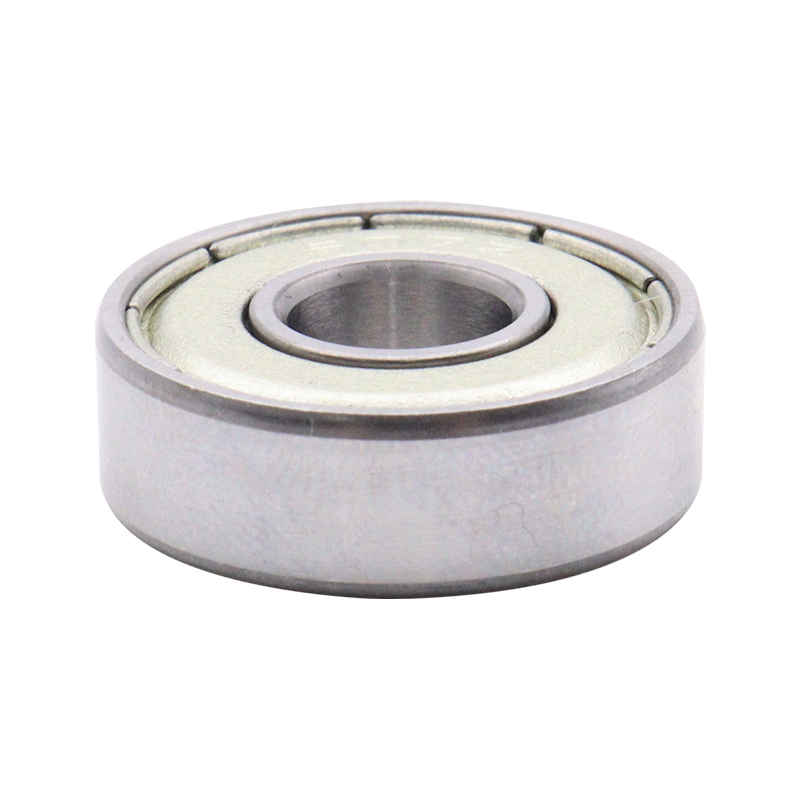
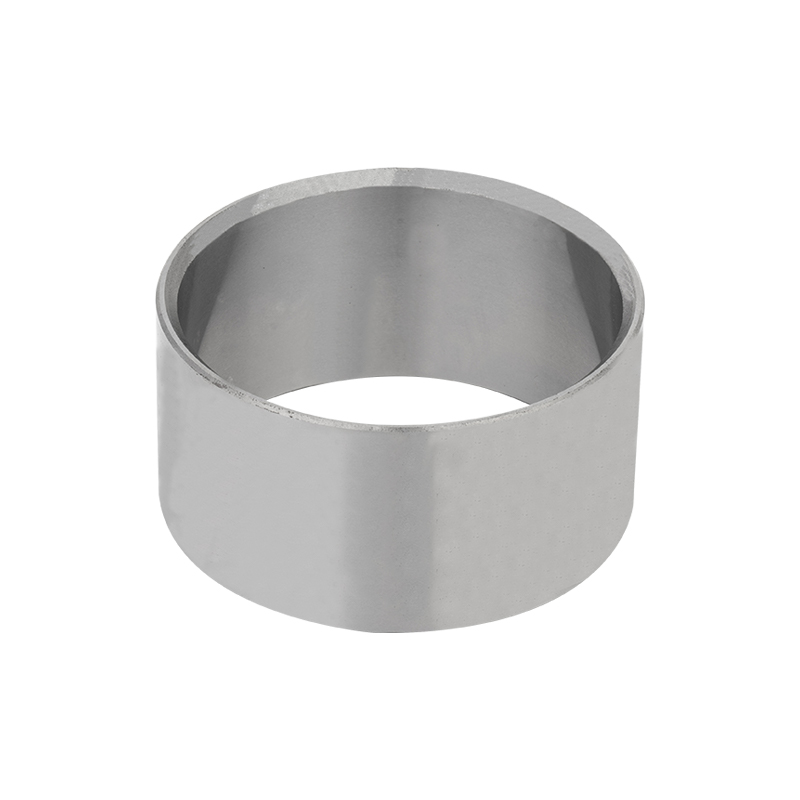
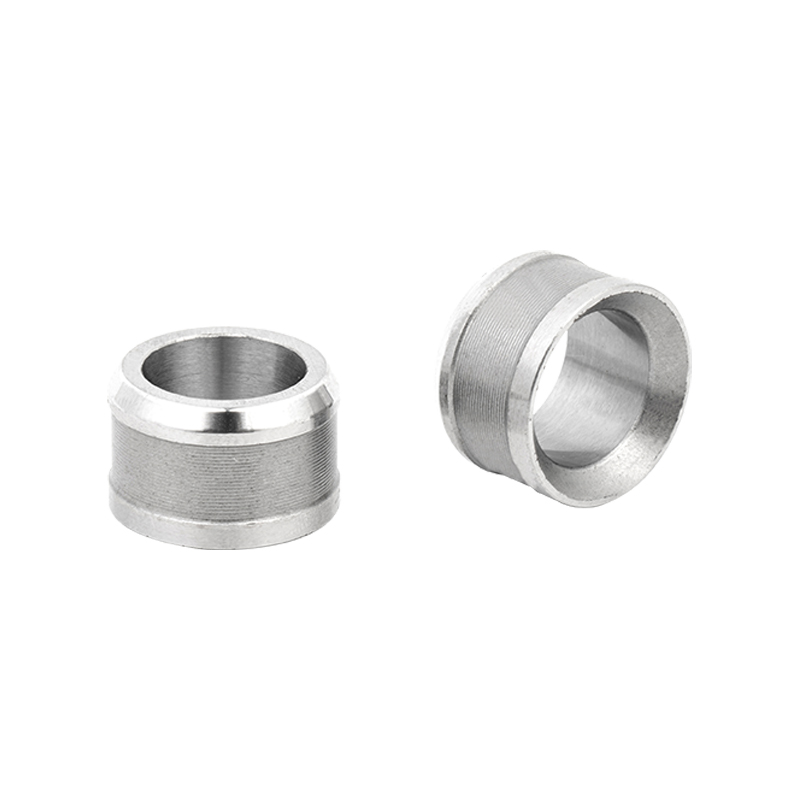
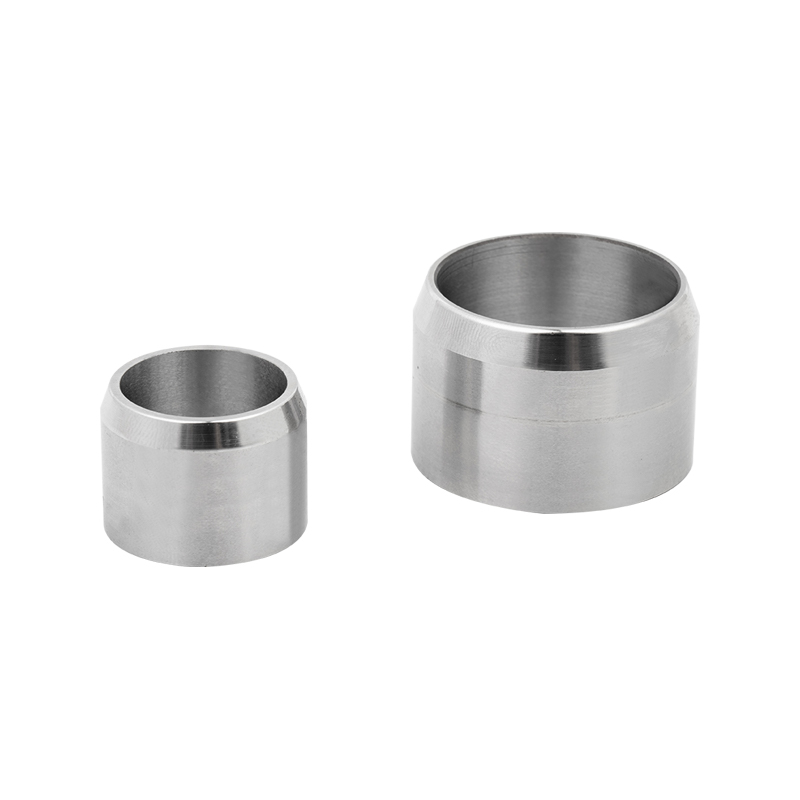
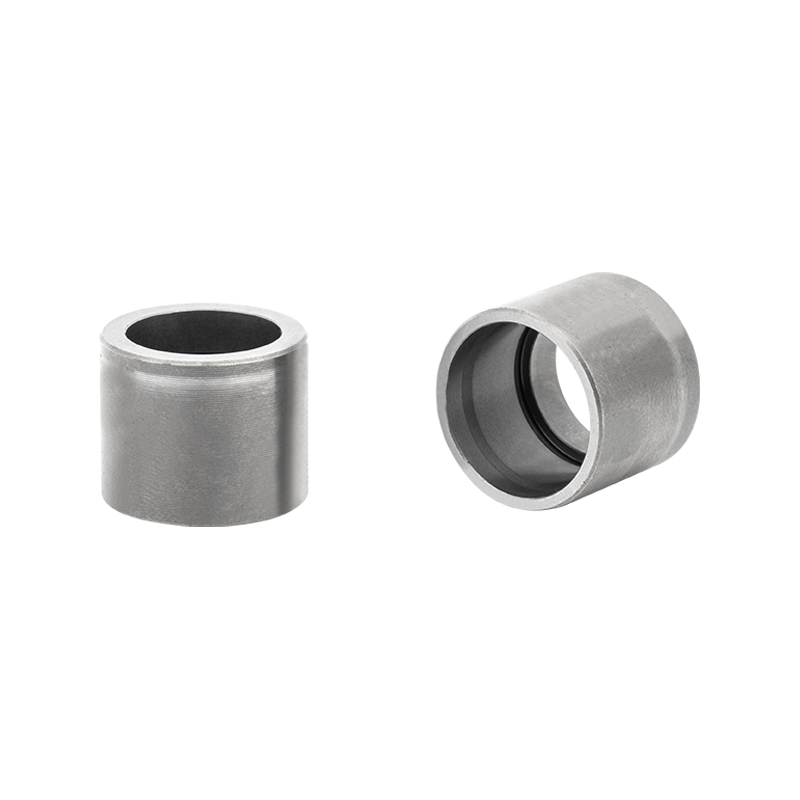
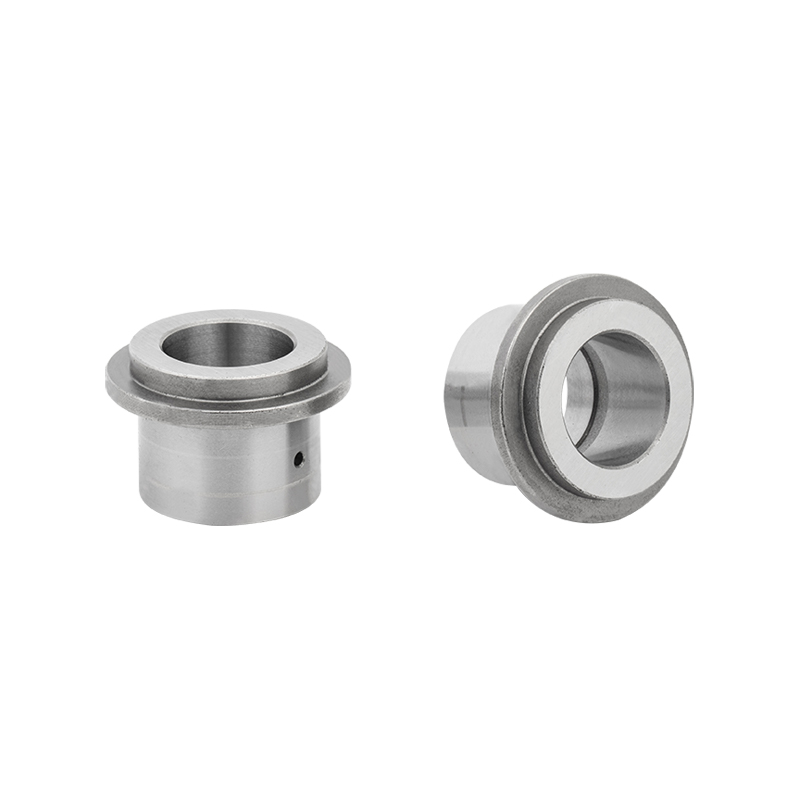

 Download Catalog
Download Catalog
